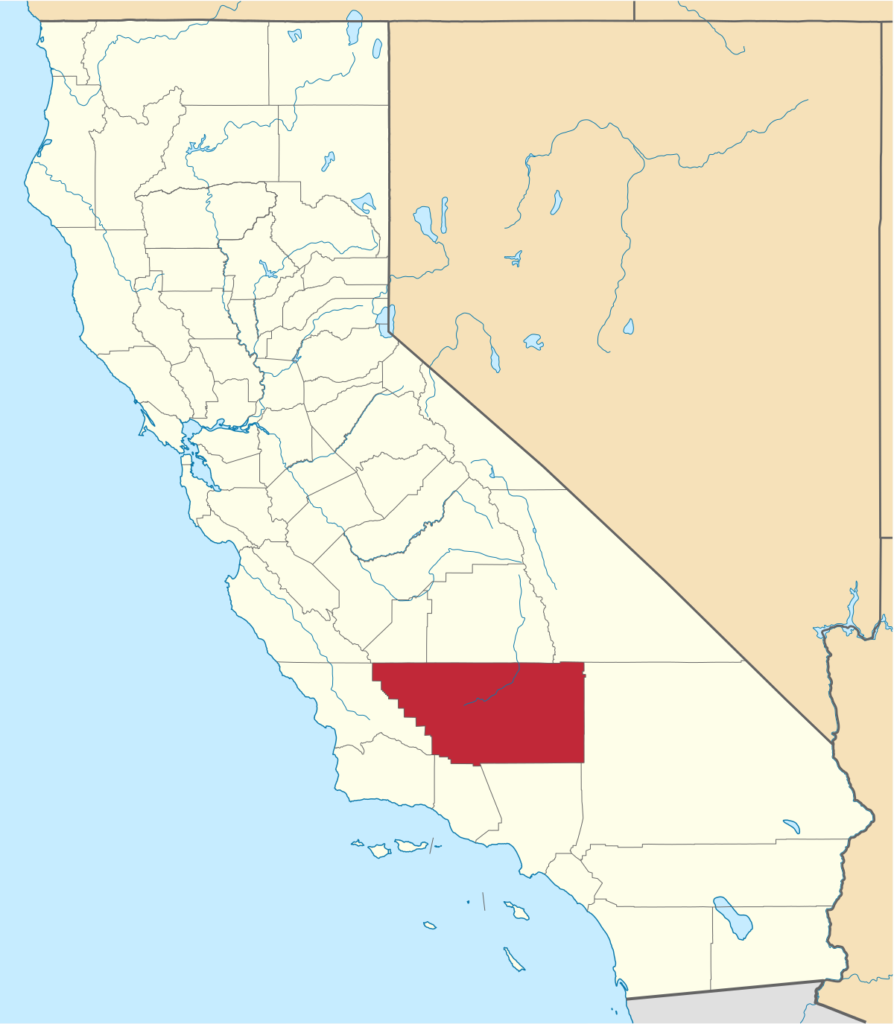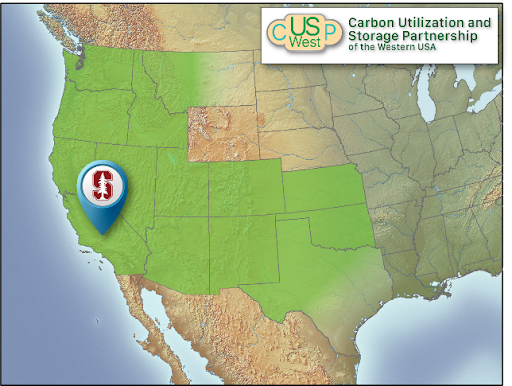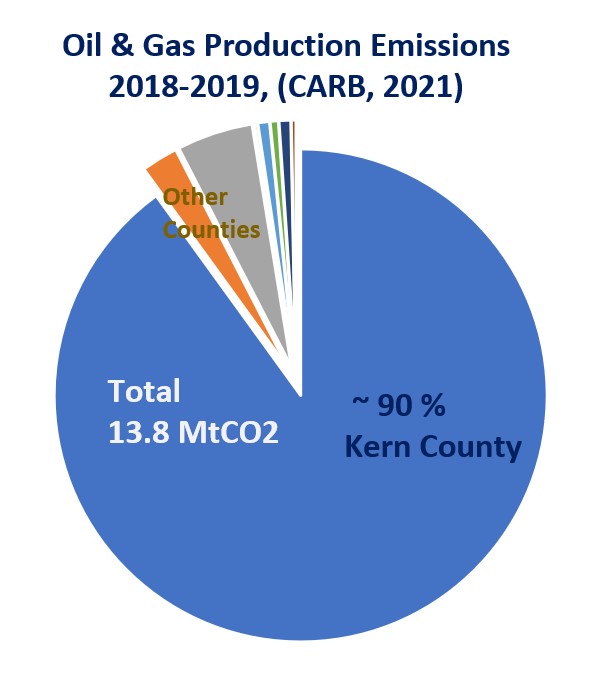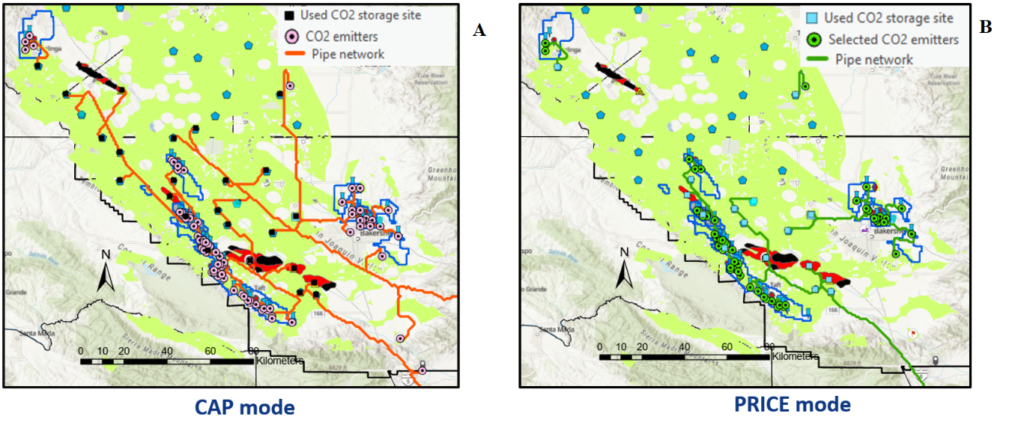Laying the Cornerstones of a Regional Storage Hub in California

Project Description
Stanford University (SU) is working to create a regional CCUS hub in California. Initial studies have targeted oil and gas production facilities in Kern county, CA, as CO2 source, and a saline formation in the Southern San Joaquin Basin as the storage reservoir. The objectives of the project are (1) to accelerate the development of a pilot project to capture, transport, and store 70 000 MTCO2/yr, (2) to support an EPA Class VI well permit application and (3) to demonstrate the feasibility of a CCS storage hub in Kern County. SU research partners are Carbon Solutions LLC, Montana State University and industrial partner Sentinel Peak Resources (SPR)
The project seeks to leverage California’s Low Carbon Fuel Standard (LCFS) tax credits to deploy a CCS project in California that will investigate storage volumes and dynamic storage capacity in targeted saline formation. Then, SU aims to establish similar projects for oil & gas companies and forge a pathway to deploy a regional storage hub in the Southern San Joaquin Basin.Kern county is an ideal candidate to develop a CCUS hub. The area has many stationary CO2 sources, with an estimated 12.7 MMt CO2/yr available. At a probable capture rate of 90% as much as 11.4 MMt CO2/yr could be sequestered. The area also has close proximity to abundant storage resources. A first screening estimates that 5.8 Gt CO2 could be stored; 41 potential optimal storage sites have been identified, but all require further analysis.


CUSP Team
Project Leads: Tony Kovscek & Elliot Kim (Stanford University)
Industry Partner: Sentinel Peak Resources
Primary Goals
Accelerate pilot project to capture, transport, and store 0.68 Million Metric Tons of CO2 a year; Support an EPA Class VI well permit application; Demonstrate feasibility of a CCS storage hub in Kern County.
Impact on Carbon Storage
Impact cuts across immediate, near and medium term time frames to accelerate the implementation of a large-scale pilot project that has the potential to scale into becoming a regional storage hub, as well as address the 12.3 Million Metric tons of CO2 that is emitted annually from oil and gas operations in San Joaquin Valley, California. This represents a major CCS project on the Pacific Coast and establishes a pathway for additional projects in California, including a regional storage hub. The project’s physical location is one of the closest prospective storage sites to the Los Angeles (LA) Basin.
Project Duration
24 months
Anticipated Volume/Year
Initially 0.68 Mt/y, potentionally expanding to 10 Mt/y Aiming at a Class VI permit during the project timeframe


Outcomes
Kim, T.W., Yaw, S. and Kovscek, A.R., (2022). Evaluation of Geological Carbon Storage Opportunities in California and a Deep Look in the Vicinity of Kern County. In SPE Western Regional Meeting. OnePetro. https://doi.org/10.2118/209340-MS
Kim, T.W., Kohli, A.H., and Kovscek A.R., (2023). Wellbore Leakage and Seismic Risk Assessments for Geological Carbon Dioxide Storage in Saline Formations in Kern County, California. In SPE Western Regional Meeting. OnePetro. https://doi.org/10.2118/212989-MS
SU used SimCCS[1] to analyse the potential of the region for a CCUS hub. Two modes of SimCCS were used. The first one was a ‘CAP mode’ that analysed a scenario where all emissions are captured and stored. The second one was a ‘PRICE mode’ that only analysed cost-beneficial projects. (Fig.). SimCCS techno-economic studies indicate that with California LCFS credits (currently $100/MT CO2 captured) and other incentives, CCUS could generate incomes, either through EOR projects or geological sequestration.
[1] SimCCS is an open source software for designing carbon dioxide capture, transport and storage projects. The SimCCS gateway is a cloud computing service that provides an online platform for the community open-source version of the SimCCS software. It is led by Indiana University, Indiana Geological & Water Survey and the Los Alamos National Laboratory and sponsored by the Department of Energy, the National Science Fundation and the West Virginia University.
